Are Bilge Keels Good For Ocean Crossings?
As an ocean-crossing enthusiast, you might have received different opinions about the efficacy of bilge keels for such journeys. Some sailors firmly believe in their blue water capabilities, while others may have their doubts. Let's consider both sides of the argument.
Bilge keel boats are able to dry out easily and are more stable during ocean crossings. Some sailors have positive experiences with bilge keelers on long-haul voyages and praise their simplicity of design. On the other hand, skeptics mention bilge keelers not handling knockdowns well or questioning their overall seaworthiness.
It seems there is no definitive answer to whether bilge keels are good for ocean crossings. It might boil down to personal preference and the specific circumstances of your planned journey. In this article, you'll find opinions and insights from sailors, as well as the pros and cons of bilge keels for ocean crossings.
Summary
- Bilge keels are a type of keel that runs parallel to the hull of a ship and are designed to reduce rolling in rough seas.
- Thoroughly research your vessel's capabilities and make sure you are comfortable and confident in its performance during ocean crossings.
- If you value stability and the ability to beach your boat during ocean crossings, bilge keels could be a suitable choice.
- If performance and speed are your main concerns, you may want to consider other keel options.
- Some sailors may swear by bilge keels, while others may prefer to rely on other methods to reduce rolling and improve stability at sea.
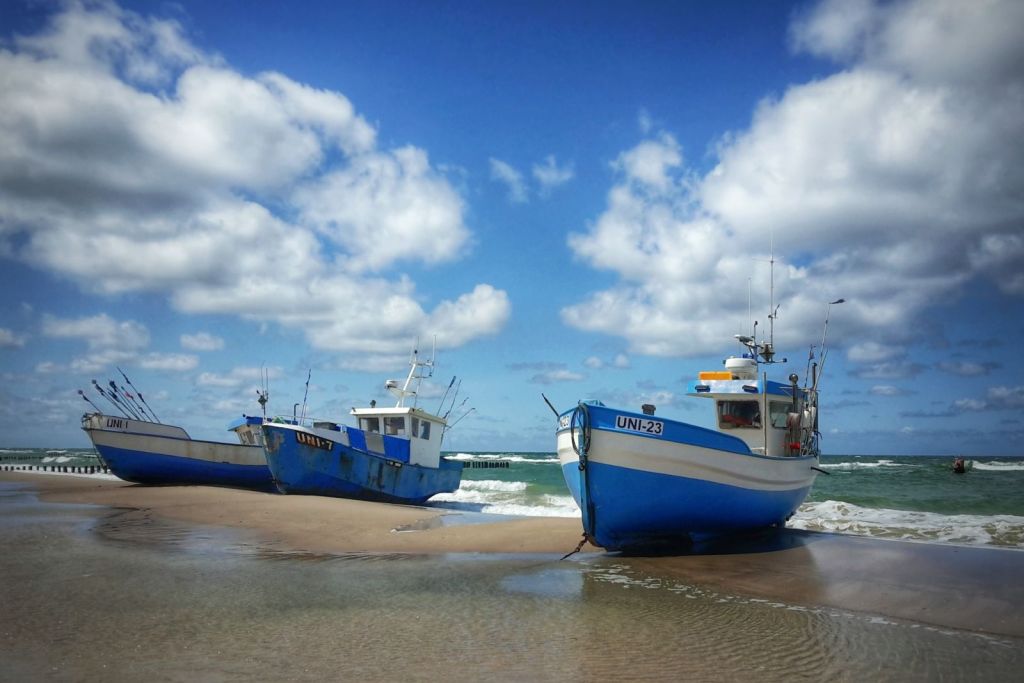
On this page:
The Role of Bilge Keels In Ocean Crossings
Bilge keels, also known as twin keels, are often praised for their stability, especially when at anchor or at low speeds. However, their performance and safety during long ocean voyages are hotly debated topics in online sailing forums. Sailors share their experiences and opinions, with some arguing that bilge keel yachts are perfectly capable of handling tough conditions, while others express concerns about their ability to recover from a knockdown.
Bilge keels can have both advantages and drawbacks when it comes to ocean crossings. Some sailors prefer them for their increased stability, while others find them less efficient than other keel types. Let's explore the reasons behind these opinions.
One of the main benefits of bilge keels is their ability to reduce a boat's rolling motion. This can make for a more comfortable experience during long ocean crossings. Moreover, since they provide better roll damping than a barehull ship, the risk of seasickness might be reduced.
Additionally, bilge keels allow boats to safely stand upright on flat surfaces. This makes it possible to undertake necessary maintenance, repairs, or rest during an ocean journey.
However, there are some sailors who argue that fin keels offer better performance and speed in comparison to bilge keels. Fin keels can contribute to better maneuverability and less resistance while sailing. This could be an essential factor to consider for some ocean crossings.
Aside from bilge and fin keels, what are the other types of sailboat keels? Here's our illustrated guide to it.
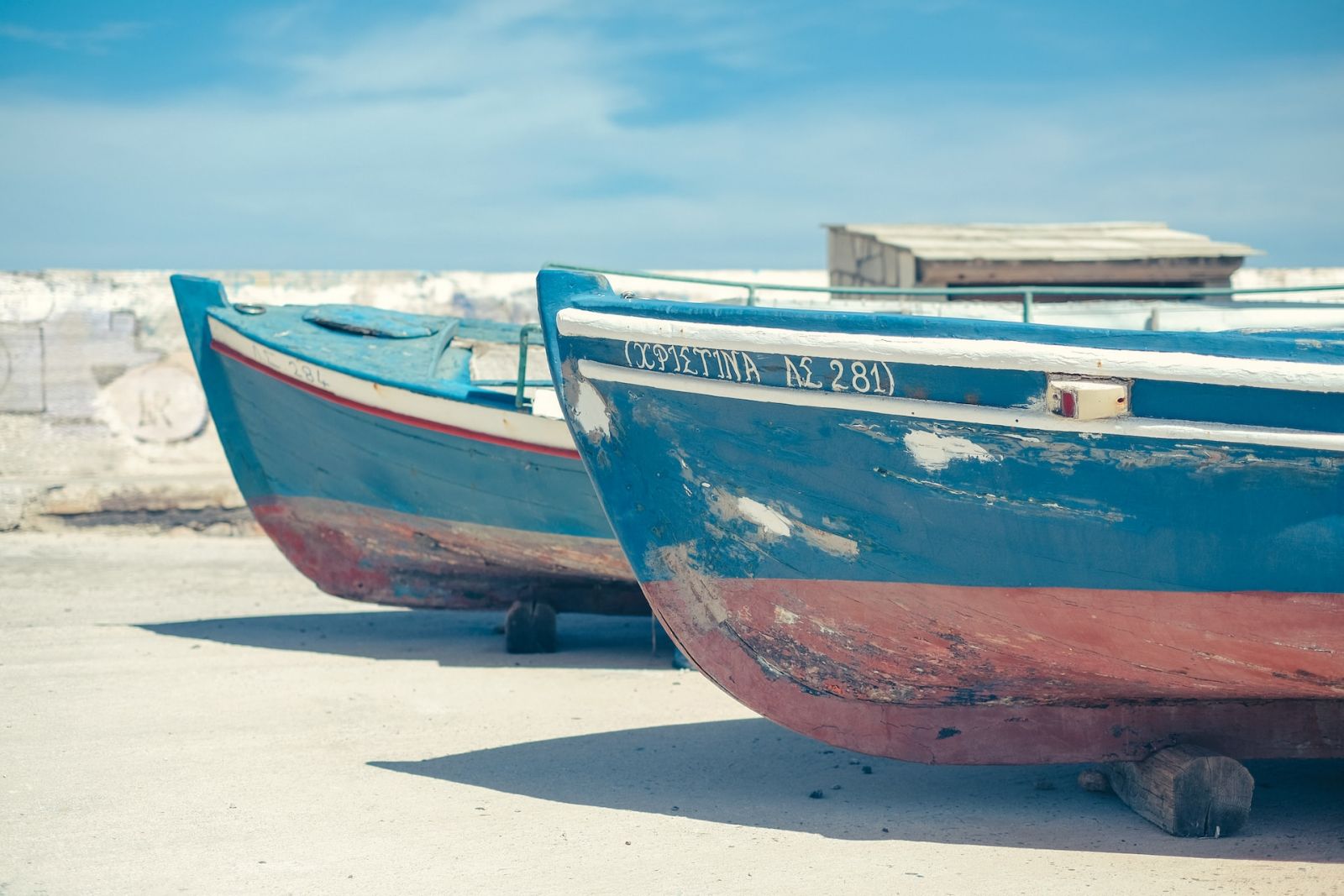
Pros of Using Bilge Keels
Stability at sea
Bilge keels can contribute to the overall stability of your boat while crossing oceans. They can provide additional resistance to rolling, resulting in a more comfortable and secure experience for you and your crew. Many sailors have shared their positive experiences with bilge keels on sailing forums, citing improved handling in a variety of sea conditions.
Ability to beach safely
One of the unique benefits of a bilge keel is the ability to beach your boat safely. This can come in handy when you're exploring remote coastlines or need to perform onshore maintenance. The bilge keel's design allows your boat to stand upright on tidal beaches, which not only makes it convenient for entering and exiting your vessel but also provides easy access for any required maintenance. Sailors who have used bilge keels on ocean passages often appreciate this practical advantage.
Reduced rolling motion
Reducing the rolling motion of your boat is crucial for your comfort during extended ocean crossings. Thankfully, bilge keels help to minimize this motion due to their flat plate construction, which creates a sharp obstruction against rolling. In addition, their placement on your boat can have a positive effect on your overall roll damping. This can result in a more enjoyable and safer sailing experience, as several sailors have mentioned in their forum posts.
If you're curious about the best beginner sailboat for ocean cruising, you can find it here.
Cons of Using Bilge Keels
Speed reduction
Bilge keels can potentially reduce the speed of your boat while crossing oceans. Due to their design, they create drag and can affect the hydrodynamics of the hull. This may slow you down and cause your journey to take longer. While some sailors have reported successful ocean crossings with bilge keelers on the YBW Forum, speed reduction is a concern to consider when planning your trip.
Need for extra maintenance
Using bilge keels for ocean crossings may require you to invest more time and resources in maintenance. This is because the extra point of contact with the water leads to a greater need for inspection and repair, especially if you encounter rough conditions or extensive wear and tear. As a result, you might need to allocate more of your budget and resources to ensuring that your bilge keels remain functional and effective throughout your ocean crossing.
Hydrodynamic challenges
They may affect the way your boat handles in adverse weather conditions or when faced with strong currents. Some sailors on the YBW Forum question the blue water capabilities of bilge keelers, such as how well they handle knockdowns or roll in rough seas. Therefore, it's essential to weigh these potential challenges against the benefits before deciding if bilge keels are suitable for your ocean crossing.
If you're wondering what the best keel design is for bluewater sailing, we've got it covered here.
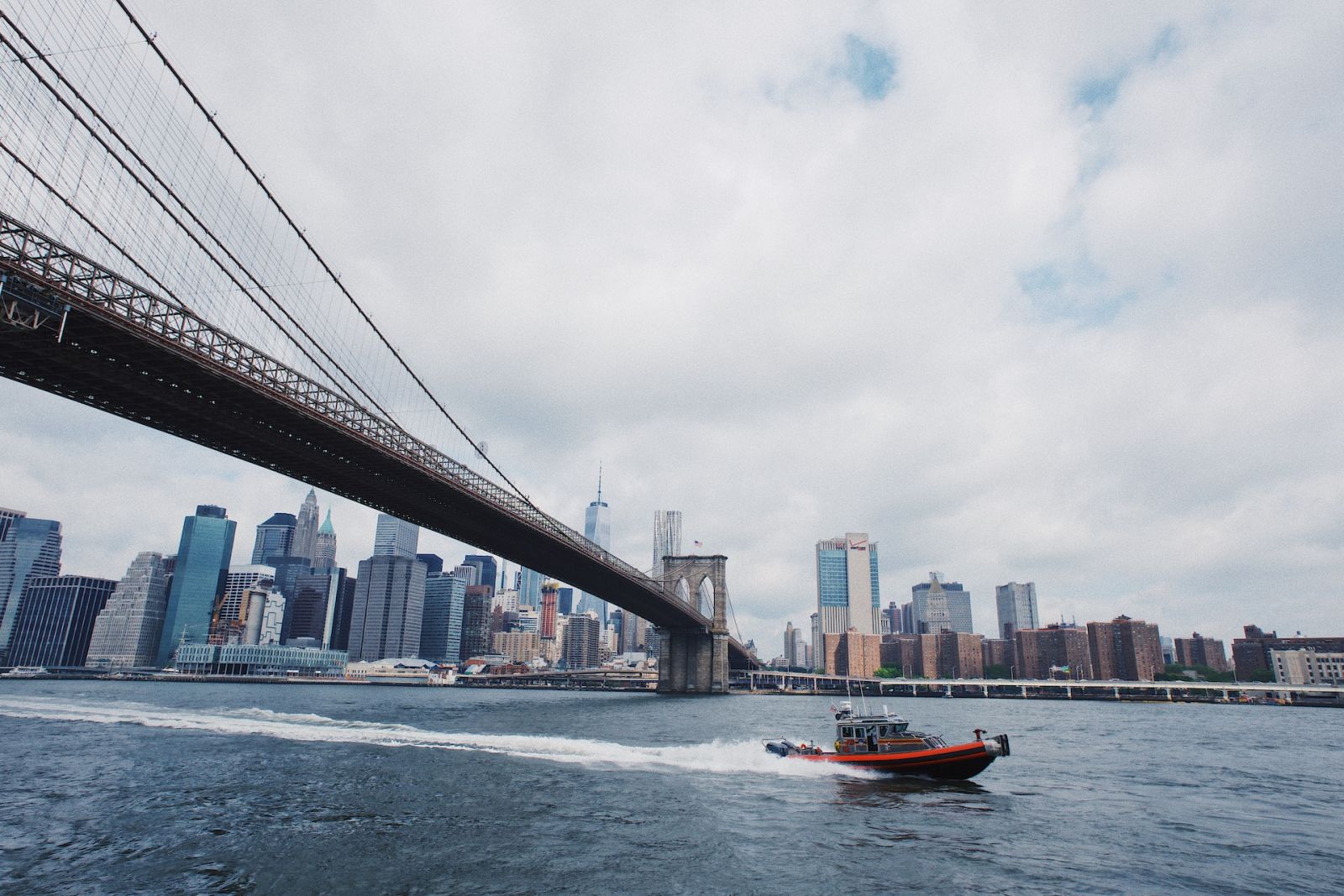
Sailors' Perspectives and Opinions
Sailors have different opinions on the use of bilge keels for ocean crossing, with some advocating for their use and others criticizing them. We'll present highlights and arguments made from both sides of the debate, giving you an understanding of sailors' perspectives on bilge keels.
Forum highlights supporting bilge keels
Advocates of bilge keels argue that they can significantly reduce the rolling motion of a ship, making it more comfortable for passengers and crew. This can also help prevent seasickness and improve safety on board. Bilge keels can also reduce the risk of damage to cargo and equipment on board, as well as prevent the ship from capsizing in extreme conditions.
One pro-bilge keeler mentions that bilge keels are a godsend in rough seas saying, "They make the boat so much more stable and comfortable."
Many sailors support the use of bilge keels in ocean crossings, arguing that they offer several advantages. Some key points made by these sailors include:
- Increased stability: Bilge keels can be advantageous in terms of reducing roll and providing greater comfort on board.
- Ability to stand upright: With bilge keels, boats can more easily be parked on tidal beaches or stand upright during onshore maintenance, making them more convenient for sailors.
Forum highlights against bilge keels
Critics of bilge keels, on the other hand, argue that they can reduce the speed and maneuverability of a ship, making it less efficient and potentially more dangerous in certain situations. They also point out that bilge keels can increase drag and fuel consumption, which can be a significant cost for long ocean crossings.
An anti-bilge keeler argues, "Bilge keels are a waste of space and money. They reduce speed and maneuverability and don't offer much benefit in rough seas."
Some sailors are skeptical about the use of bilge keels for ocean crossings and argue against their effectiveness. They often express concerns such as:
- Doubts about handling knockdowns: Sailors like those on this YBW forum question the ability of bilge keelers to handle knockdowns and right themselves in challenging conditions.
- Slower sailing: Some sailors argue that bilge keels can result in slower sailing due to increased drag, which might not be ideal for ocean crossings.
Did you find the answer to your specific question?
👍 0 👎 0
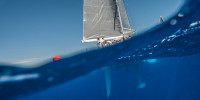
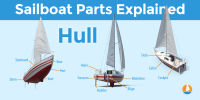
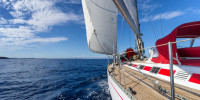
Leave a comment